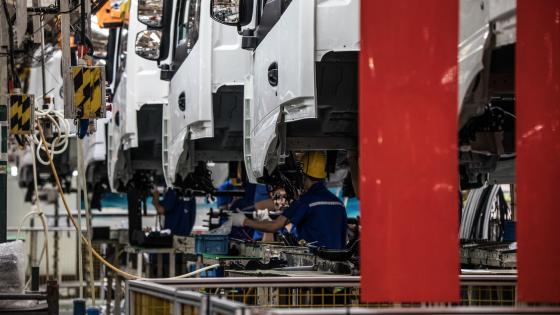DP19010 Bridging the Innovation Gap. AI and Robotics as Drivers of China’s Urban Innovation
Artificial intelligence (AI) and robotics are revolutionising production, yet their potential to stimulate innovation and change innovation patterns remains underexplored. This paper examines whether AI and robotics can spearhead technological innovation, with a particular focus on their capacity to deliver where other policies have mostly failed: less developed cities and regions. We resort to OLS and IV-2SLS methods to probe the direct and moderating influences of AI and robotics on technological innovation across 270 Chinese cities. We further employ quantile regression analysis to assess their impacts on innovation in more and less innovative cities. The findings reveal that AI and robotics significantly promote technological innovation, with a pronounced impact in cities at or below the technological frontier. Additionally, the use of AI and robotics improves the returns of investment in science and technology (S&T) on technological innovation. AI and robotics moderating effects are often more pronounced in less innovative cities, meaning that AI and robotics are not just powerful instruments for the promotion of innovation but also effective mechanisms to reduce the yawning gap in regional innovation between Chinese innovation hubs and the rest of the country.


